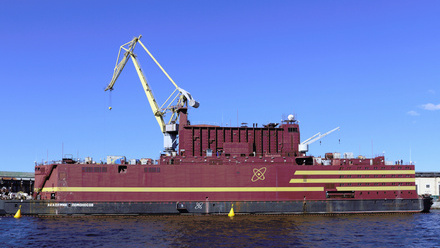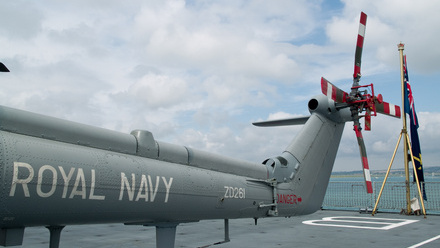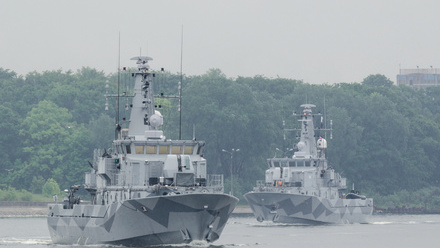Nuclear ‘only viable tech able to deliver’ clean shipping
A string of developments within the IMO means civilian nuclear shipping may be edging closer.
“This is the year that nuclear for maritime went mainstream,” summarised Mikal Bøe, CEO of CORE POWER at the New Nuclear for Maritime European Summit. But could the pathway indeed be clearing for civilian nuclear shipping?
In the wake of the decision taken by the IMO to revise rules for nuclear-powered vessels, the signs are pointing in this direction, which could have many advantages including lower greenhouse gas emissions, boosted energy security and further innovations in ship design.
Proposals were put to the latest Maritime Safety Committee session held by the IMO. A number of member states and non-governmental organisations asked for revisions to the Code of Safety for Nuclear Merchant Ships – the outcome of which was an agreement to begin revising regulations. The Sub-Committee on Ship Design and Construction (SDC) has been entrusted with this task, with the next session due in January 2026.
“This means that we can move forward to create the international framework that governs the safety and security of civilian nuclear shipping,” enthused Bøe.
The move came as the International Atomic Energy Agency (IAEA) announced the launch of the ATLAS project. The Atomic Technology Licensed for Application at Sea initiative is designed to enable the rule structures required for moving nuclear propulsion and floating nuclear power plants into action.
Cost-saving options
In terms of long-haul shipping, the concept of small modular reactors (SMRs) is garnering interest as a means of propulsion system. The use of an SMR means that nuclear-powered ships can run with increased autonomy, while reducing the levels of fuel costs and emission levels. Another attractive aspect for the industry is the smaller size of the SMR. Further costs can be saved on construction, as the reactors can be built in factories and then shipped to the required location.
In an interview with the American Journal of Transportation, Bøe argued the case for using nuclear power in the maritime industry. He explained that instead of slower, high-cost ships that carry less cargo, there is now “the potential for ships that are sailing at their optimum designed service speed, carrying more cargo because on a nuclear ship you don’t need fuel tanks, and then doing this without any emissions whatsoever at a very reasonable cost.”
With that in mind, CORE POWER introduced its new LIBERTY programme at the summit held in London in July 2025. It is described as “a blueprint to design, build and operate advanced nuclear technologies, aiming to set a global benchmark for floating nuclear power deployment and maritime decarbonisation”.
A number of panels held at the summit explained why there is growing demand for nuclear shipping. A major factor was the increasing demand on electricity, with the likes of heavy industry and AI centres under pressure to secure clean, firm energy for future uninterrupted operations.
Looking ahead, Bøe summed up the future of nuclear power in the maritime industry: “There is a clear political and social imperative to deliver clean firm energy and nuclear is now accepted by most governments and industry leaders as the only viable technology able to deliver it.”
Tell us what you think about this article by joining the discussion on IMarEST Connect.
Image: nuclear icebreaker in the Barents Sea. Credit: Shutterstock.






